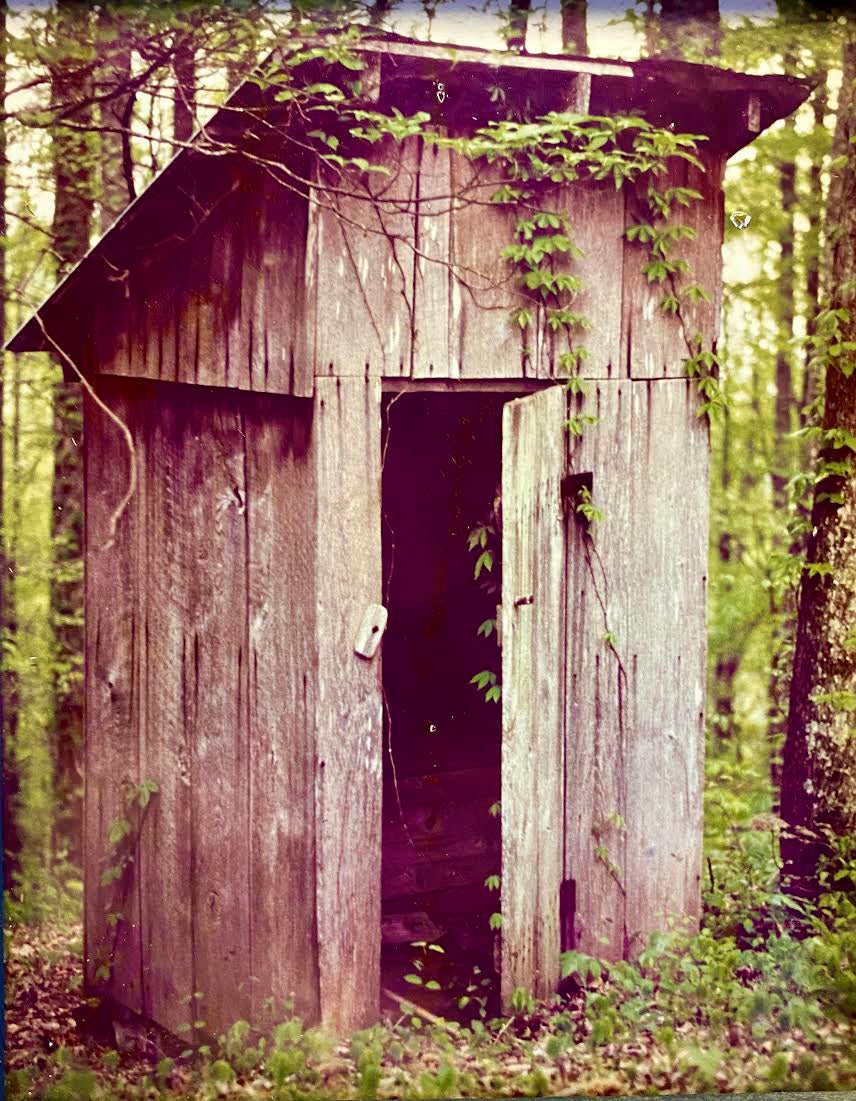Roark: The house that saved the South
Published 12:00 pm Tuesday, August 29, 2023

- Who knew the lowly outhouse would improve the southern economy in the early 1900s. Photo by Rhonda Roark
|
Getting your Trinity Audio player ready...
|
By Steve Roark
Columnist
Let me warn you that this story is not for the squeamish.
Way back in 1908, the millionaire John D Rockefeller wanted to make still more money, but most of his markets were saturated, so he began looking at the southern United States as an untapped marketplace. But there was a problem; the South’s economy was lousy. The people were illiterate, dirt poor, and were perceived as lazy. Farms weren’t fully operational, and the economic engine seemed to be turned off.
Rockefeller wanted to know why, so he formed a commission of economists and sociologists to go down and figure out why southerners weren’t faring well. They found that southerners on average were sickly. They were pale, physically (not mentally) slow and lethargic, classic signs of anemia. So Rockefeller sent a panel of doctors to determine the cause of the anemia. They not only verified that there was widespread anemia among southerners, but that the illness was related to soil types. On sandy- loamy soils (good farm land), people were anemic, while on clay soils (not so good farm land) there was little anemia. They concluded that the anemia was linked to the soil.
They ran tests and found a very high incidence of hookworm, an intestinal parasite. They then had to figure out how southerners were getting this parasite, and so they looked at their feces, which is how hookworm gets spread. They asked the southerners “where do you go when you gotta go?” The answer usually was “over there by that tree.” Another important factor was many southerners (especially children) did not wear shoes regularly and concluded that the people were getting hookworm through their feet. But no one intentionally steps in their own poop, which meant that the hookworms must crawl. To determine how far, they built a sandbox and put some hookworm infested stools in the middle. They sampled the soil daily to see if hookworm larvae were moving out away from the stool, seeking victims. By Day 4 they were able to move out four feet away from the stool, but on Day 5 they stayed at four feet, apparently exhausted. By Day 7 they were dead, and so the answer to stopping hookworm was to devise a way to keep human feces (and hookworm) more than four feet away from people, and they settled on a six-foot distance. The answer ended up being … the outhouse.
Now outhouses had been around since at least the 1500s in Europe, but to erect an outhouse with a six-foot-deep pit under it was new. I interviewed some local seniors who grew up with outhouses and got interesting answers. Some didn’t use an outhouse until the 1940s or so. Most said their outhouses did not have a pit dug under them. When I asked about poop building up under the outhouse, one old fellow smiled and said “that’s why we kept a few mongrel dogs around.” Uh…..moving on, nobody noticed people being sick or anemic around here, so the soil must have been loamy enough to not to support a hookworm population, so the problem was apparently further south.
In 1910 Rockefeller launched a campaign against hookworm. Workers built outhouses at schools, encouraged children to wear shoes, went door to door discussing hygiene and hosted picnics to talk about testing and treatment. Within 5 years hookworm was controlled and the south rose again. People got stronger, kids stayed in school longer, productivity increased, and the economy began to prosper. Rockefeller eventually got his new market. Outhouses have always been part of the mountain culture and often a humorous subject. But I now look upon them with much greater respect.
Information for this article was partially take from the NPR radio program “Radio Lab.”
Steve Roark is a volunteer at Cumberland Gap National Historical Park.





